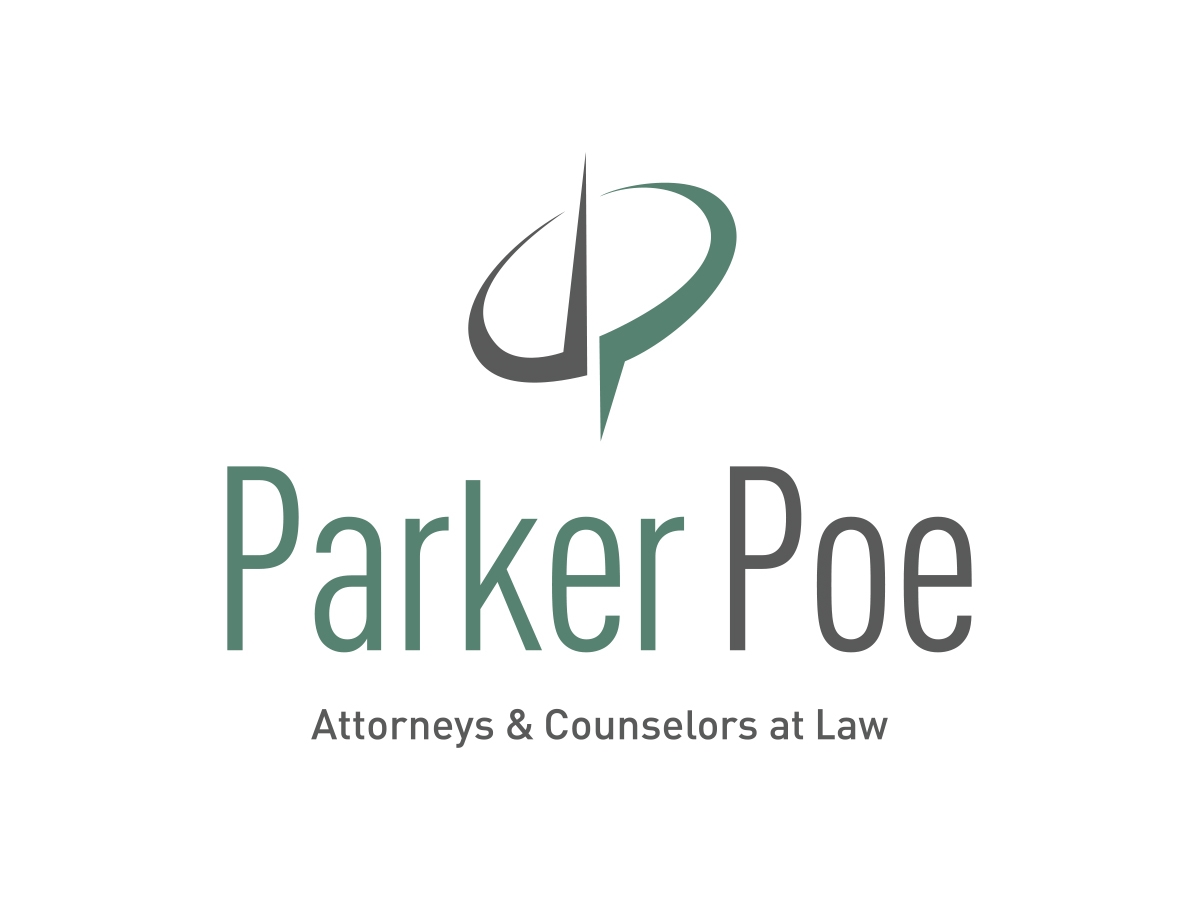An Empirical Study of Low Allowance Rate Examiners | McDonnell Boehnen Hulbert & Berghoff LLP
Any patent attorney who has been in the business for more than a few years understands from experience that some USPTO examiners are tougher than others. This should not be surprising, as each examiner is an individual who is applying their own experience and knowledge during the examination process, which inherently includes some degree of subjectivity.
Nonetheless, we all have experienced examiners from time to time that appear to be exceptionally difficult. These examiners are more likely than most to reject claims on multiple grounds and be less responsive to applicants’ rebuttals. Some are unwilling to engage in productive conversations during interviews. Most have low allowance rates.
With analytics tools now readily available to applicants and their attorneys, we can obtain concrete statistics about these examiners, and then analyze their prior prosecution histories in order to better understand their individual proclivities and nuances. It has become generally accepted in the field that the examiner that is assigned to an application can be as determinative on its outcome as the application itself. If an application is assigned an unusually tough examiner, there often is relatively little the applicant can do to obtain an allowance short of an appeal or filing a continuation in hope of obtaining a more reasonable examiner.
In an effort to better understand these tough examiners, we undertook a study to identify and analyze what we call the low allowance rate examiner (LARE). These are examiners who not only have a low allowance rate, but also have had an allowance rate significantly below that of their art unit for a non-trivial period of time. In other words, we wanted to identify a handful of examiners who are true outliers in terms of their examination practice. The goal is to determine just how difficult these examiners are and in which art units these examiners are found.
For our purposes, a LARE is defined as an examiner who meets all of these criteria:
• Has an overall allowance rate below 10%;
• Has an overall allowance rate more than 25% below the average of their current art unit; and
• Has examined more than 100 applications.
These criteria help us identify examiners are not only outliers in general, but also outliers among their own art unit peers. Further, rookie examiners who may not have examined enough applications to establish a pattern of behavior are omitted. Additionally, we only considered applications that were filed on January 1, 2010 or later in this study to exclude considering too many examiners who have since retired.
Notably, these criteria exclude many examiners who have low allowance rates. In searching the Juristat USPTO database, we identified a large number of examiners with allowance rates below 25% (the current overall average allowance rate at the USPTO is 73%). Further, many examiners with allowance rates below 10% are in art units with low allowance rates (more on that later), so these examiners are not exceptions when compared to their peers. We also noticed many newer examiners with allowance rates below 10% but without the requisite number of applications examined.
We used Juristat’s database and its analytical tools to identify LAREs. After manually eliminating some examiners whose statistics were extremely skewed based on what appeared to be administrative nuances,[1] we identified 24 LAREs.[2]
We have to be careful here — just because an examiner is identified as a LARE does not mean that they have engaged in any malfeasance. An examiner may have a low allowance rate because they specialize in examining subject matter that has a low allowance rate. Further, the Juristat data is a reflection of the USPTO public database and is necessarily not up to date (e.g., it will only reflect Office actions mailed in 2023 or 2024 that are not subject to the 18-month publication delay). Thus, some of these LAREs might not qualify if this unpublished data were considered. Nonetheless, we are convinced that these LAREs are true outliers because we intentionally made the selection criteria extremely restrictive.
First, some demographics. The average number of examined applications for LAREs is 211.5 and two-thirds have 10 or more years of experience as examiners at the USPTO. All LAREs have at least 4 years of experience. This clearly establishes that most LAREs are highly-experienced examiners and very few are junior examiners.
The average allowance rate for LAREs is 6.4%. In other words, if your application is assigned to a LARE, there is a 93.6% likelihood that it will not be allowed — a devastating number. Further, the average art unit allowance rates for these LAREs is 52.73%.[3] So, even though these LAREs tend to be in art units with average allowance rates that are lower than the overall USPTO average, LAREs are still quite anomalous.
As noted, all LAREs have an allowance rate that is at least 25% below that of their art unit average. The difference between LARE allowance rates and their art unit averages ranged from 27% to 77%. At the high end of this spectrum, we found an examiner with an 8% allowance rate in an art unit with an average allowance rate of over 85%.
One LARE had an allowance rate below 1%, which was 50% lower than their art unit average. Another LARE had an allowance rate between 1% and 2%, which was 38% lower than their art unit average. Yet another LARE had an allowance rate between 3% and 4%, which was over 57% below their art unit average. These were the most extreme examples in terms of low allowance rate.
It should surprise nobody that 21 of 24 LAREs were in Tech Center 3600. This area of the USPTO is notorious for low allowance rates as it is where most business method and many software applications are routed. Since these types of applications are unusually susceptible to § 101 rejections, we see a rather high rate of such rejections from Tech Center 3600 LAREs.
To add some color the § 101 issue, we considered the last 20 substantive Office actions from each LARE and calculated the rate of § 101 rejections for each. Unsurprisingly, it was 70% for Tech Center 3600 LAREs and much lower (0%-5%) for the other 3 LAREs. Two of the LAREs gave § 101 rejections 100% of the time and five more gave § 101 rejections 90%-95% of the time.
One of the reasons for such high § 101 rates may go beyond the nature of the subject matter being examined. Anecdotally, in conversations with Tech Center 3600 examiners, some have told me that they feel pressured by their supervisors to give § 101 rejections for every single application unless they have a really good reason to do otherwise. Further, experienced examiners in Tech Center 3600 may understand that the PTAB is highly unlikely to reverse a § 101 rejection, especially for business method and software inventions.[4] Thus, an appeal to the PTAB is not a viable option for applicants and the examiner has a very low likelihood of being reversed on appeal.
Moreover, the USPTO has utterly failed to police the slop in some examiner’ § 101 rejections, including conclusory reasoning, ignoring claim elements, not understanding the concept of the prima facie burden on examiners, employing vigorous hand waving over dependent claims, ignoring technical improvements in the claims and the specification, and erroneously thinking that concrete tangible inventions can be “abstract.”[5] These factors may incentivize examiners to provide § 101 rejections regardless of whether such rejections are truly warranted.
Given that an application examined by a LARE is almost certainly not going to be allowed, what can applicants do? While one can file a continuation or continuation in part with a different claiming strategy, this approach typically results in the continuation being assigned to the same examiner. A better strategy is to do everything you can to front-load the application so that it does not get routed to art units known for having LAREs. This involves avoiding business language in the specification, repeatedly describing the invention’s technical benefits, and using art unit steering tools to avoid such art units.
Notably, the LAREs identified in this study were all in the 1620 (organic chemistry), 2860 (printing, measurement and testing), 3620 (business methods), 3640 (aeronautics, agriculture, fishing, trapping, plant and animal husbandry, weaponry, nuclear systems), 3670 (construction), 3680 (business methods), 3690 (business methods), and 3710 (amusement and education) art units. These art units should be avoided at all costs through careful up-front drafting.
But the elephant in the room is why the USPTO allows LAREs to continue as examiners for years or decades. The USPTO appears to have very little oversight of examiners, especially senior examiners. If the USPTO is unable or unwilling to provide this oversight and to at least explain why so many LAREs and other examiners with low allowance rates exist, an independent oversight board should be established to conduct such a study and provide recommendations to the Department of Commerce.
Finally, if the USPTO takes issue with any of this data or our methodology, it should conduct its own study of LAREs and make the results available to the public. As noted above, the USPTO has access to examination data that is non-public and may be able to shed more light on this issue.
[1] For example, we omitted an examiner with an allowance rate of 0.1% who appeared to have been associated with hundreds of applications that they did not examine.
[2] We are going to be careful not to provide information that clearly identifies individual examiners. Thus, while we have precise numbers for all of the metrics discussed herein for each LARE, we will apply some rounding up or down in order to make such identification harder. In all cases, however, LARE behavior is so extreme that any fuzziness that we add to their statistics is not significant and does not impact any of our conclusions.
[3] This number is an average of an average and therefore is not a robust statistic. Nonetheless, we present it for informational purposes and because producing a more accurate measure would require an excessive amount of manual effort.
[4] In 2022, the PTAB affirmed examiner § 101 rejections from Tech Center 3600 at a blistering rate of 97%. See
[5] Much blame should be assigned to the Supreme Court’s legislating from the bench, the Federal Circuit’s self-contradictory lines of § 101 case law, and USPTO administration for not providing examiners with clear § 101 examination guidance.
[View source.]






